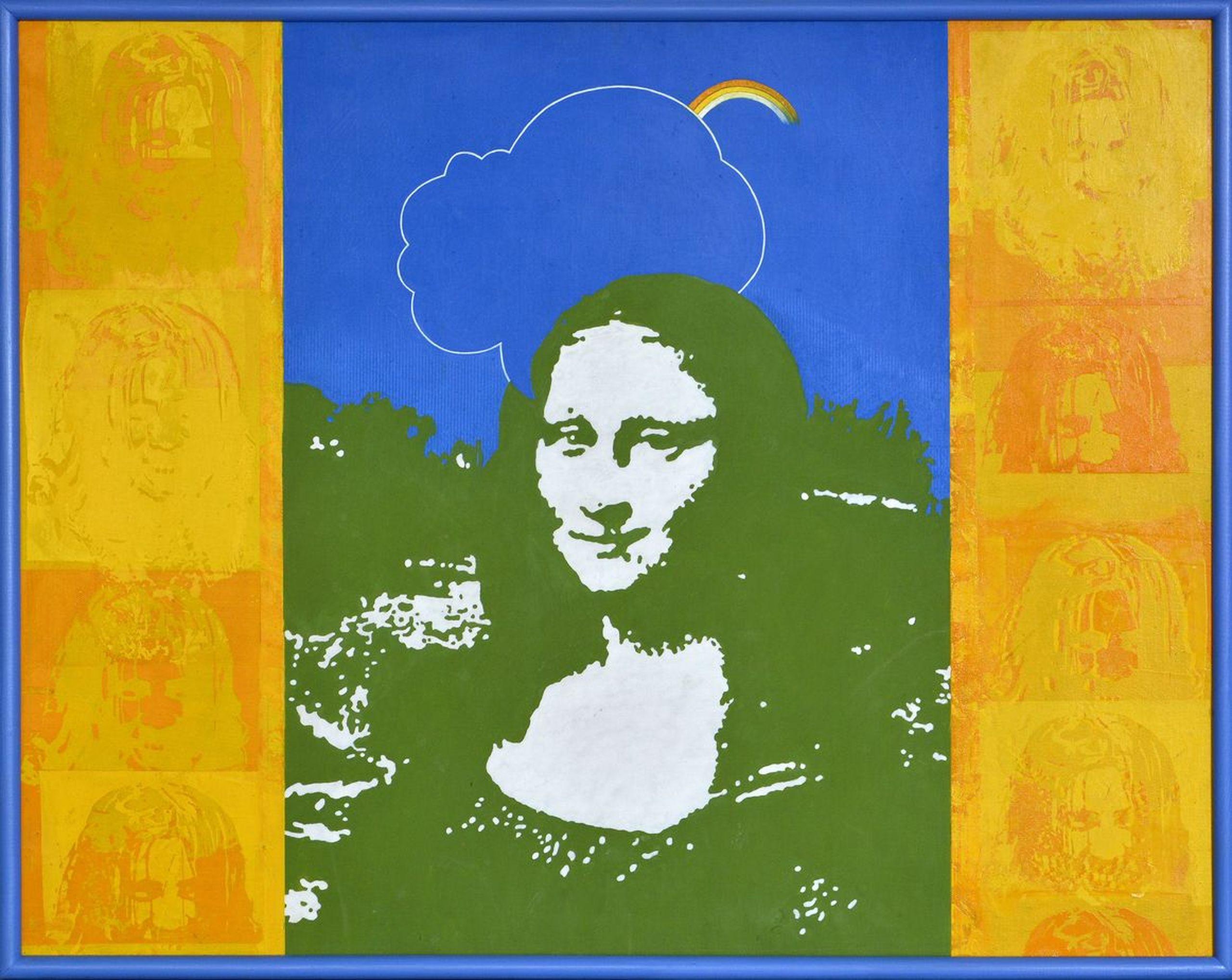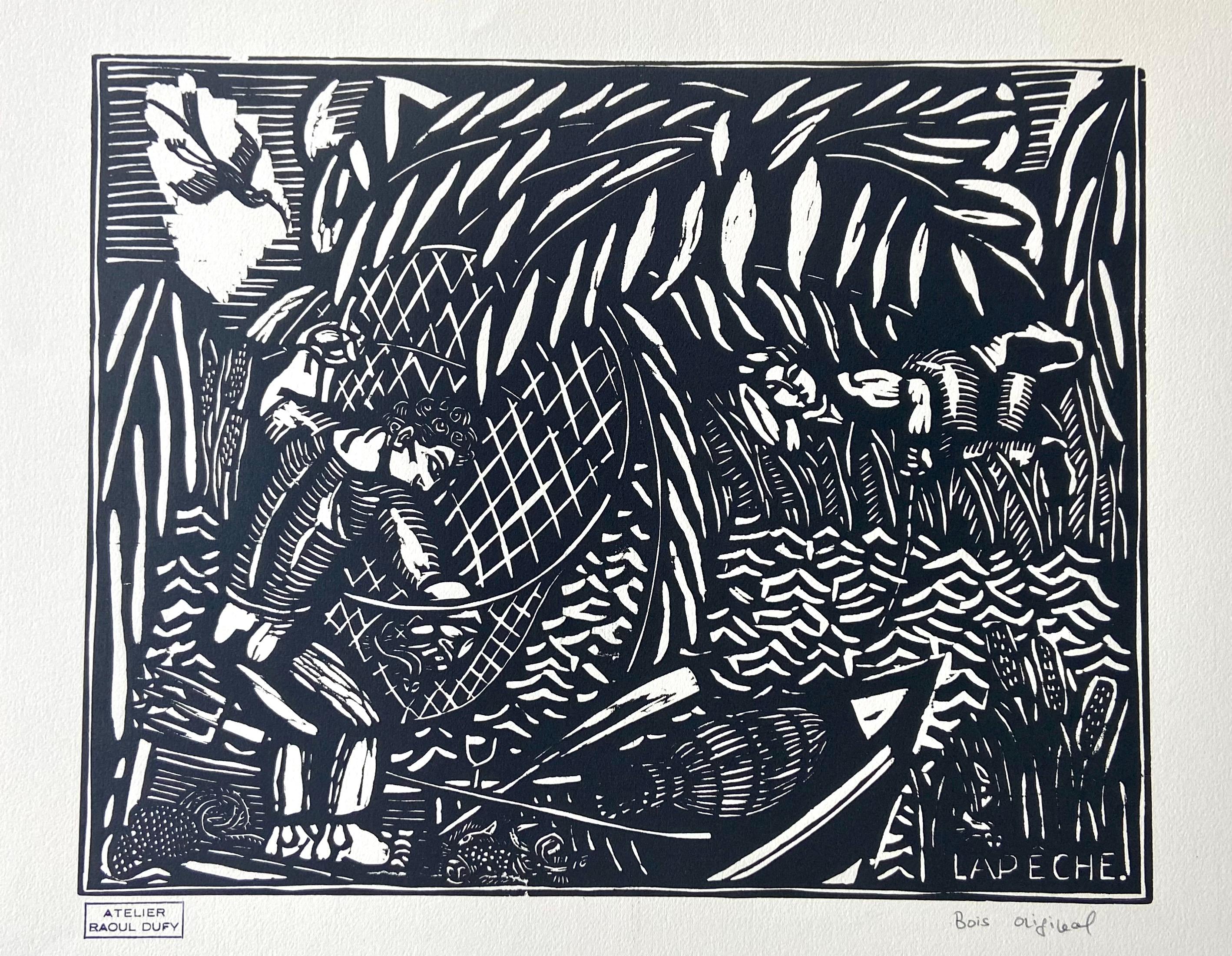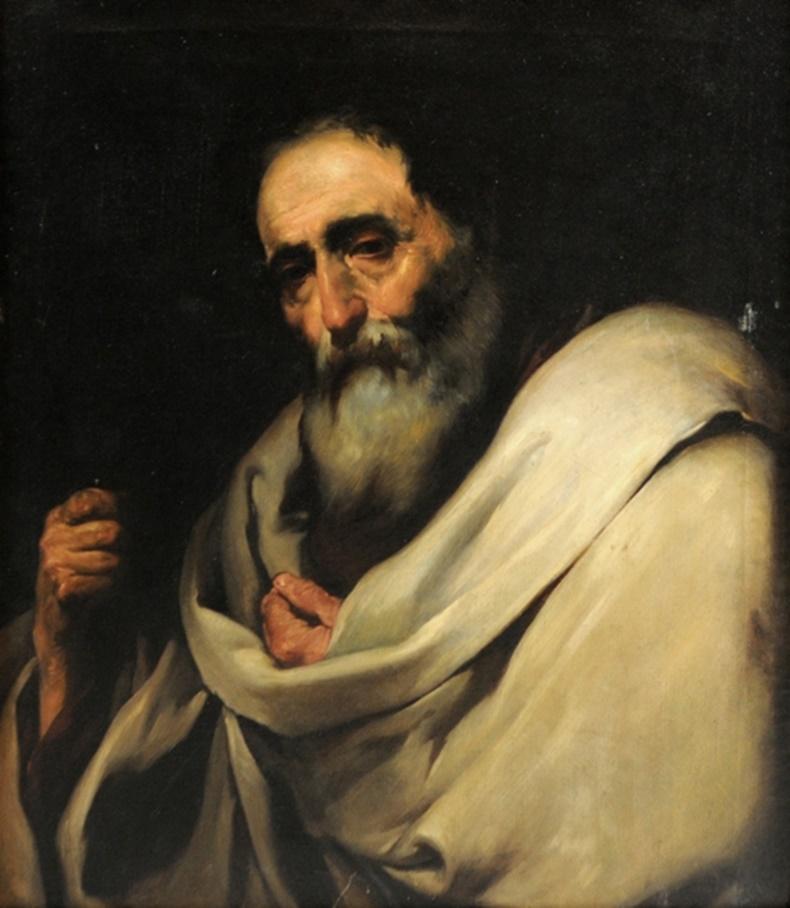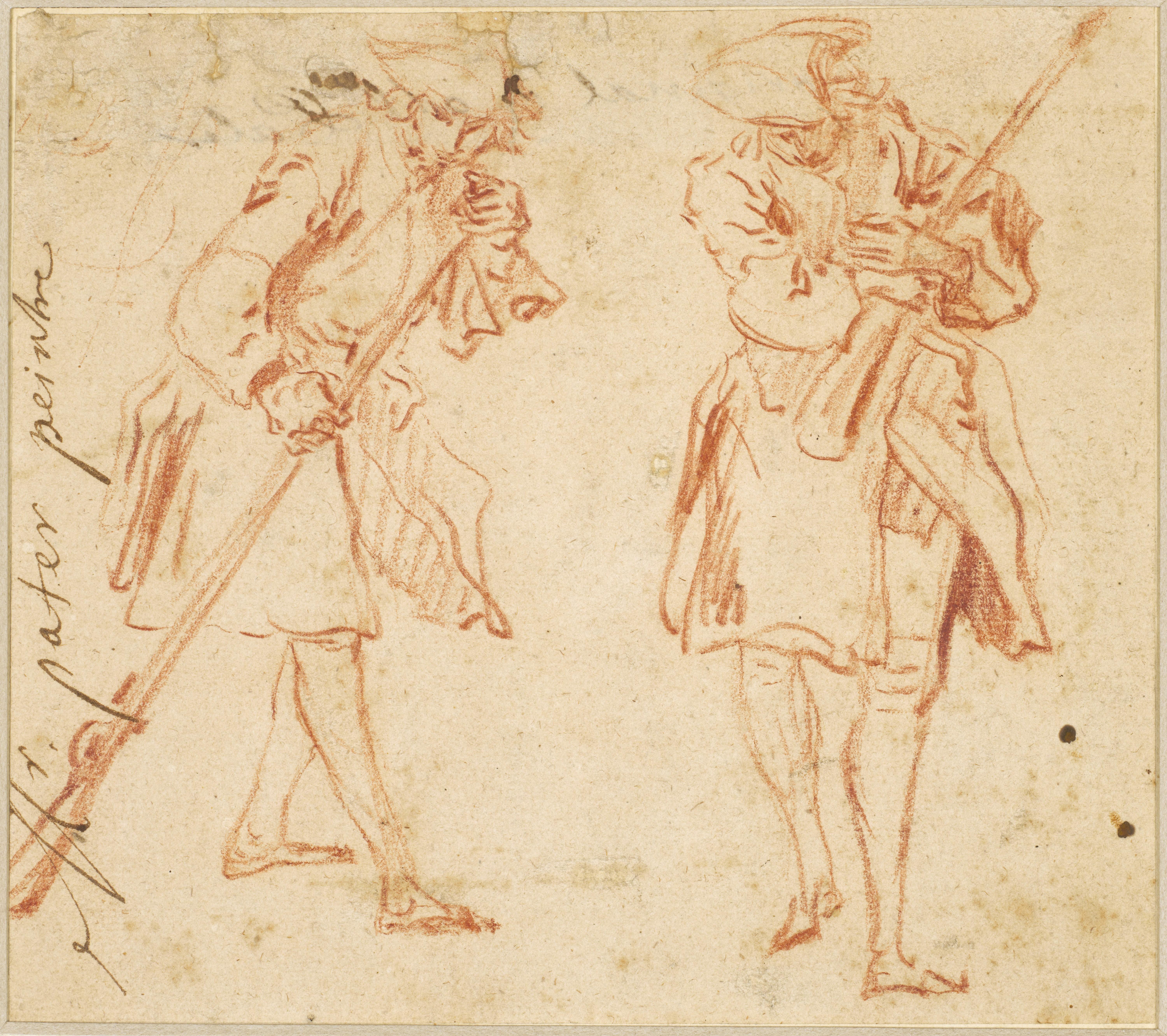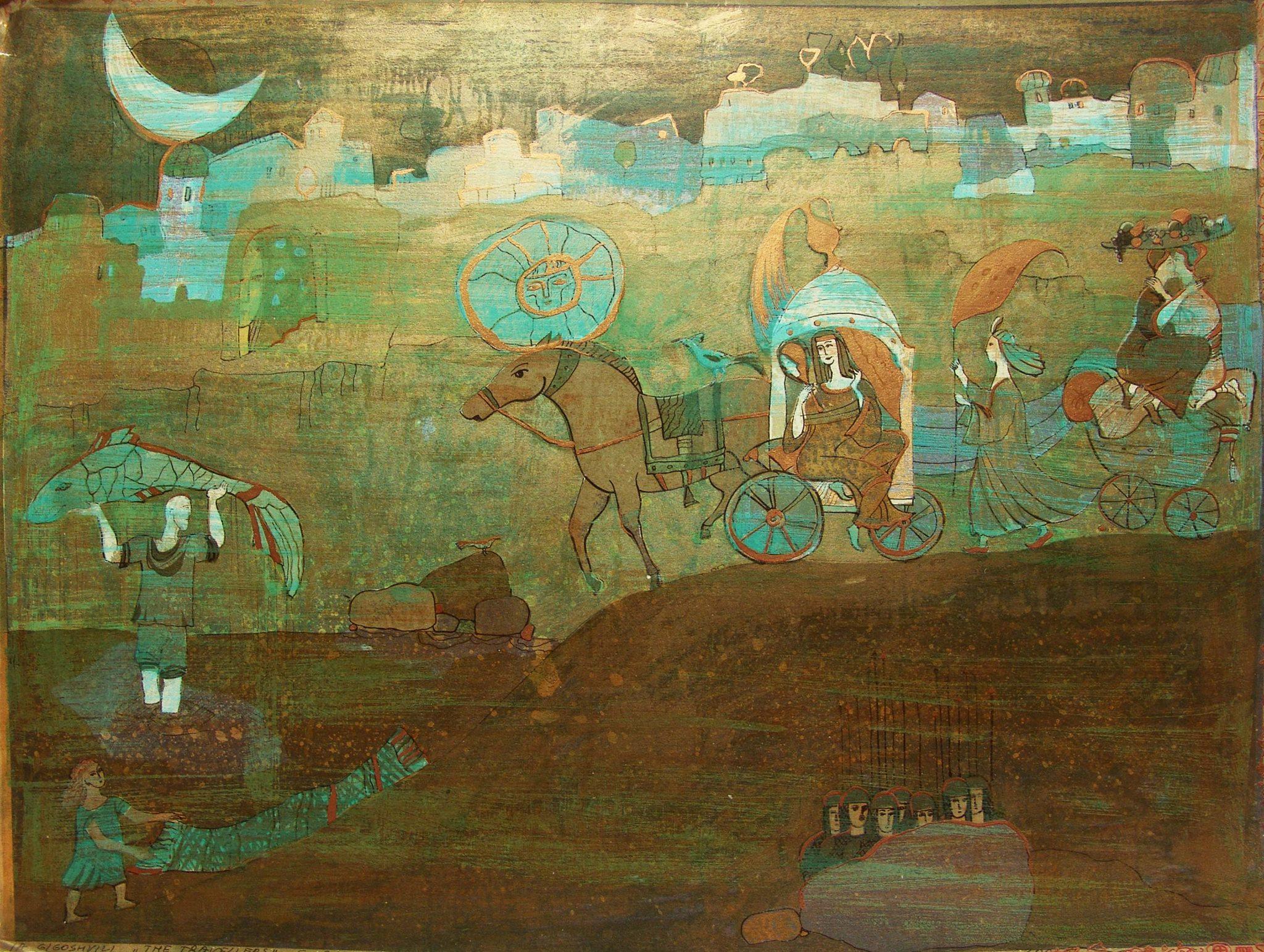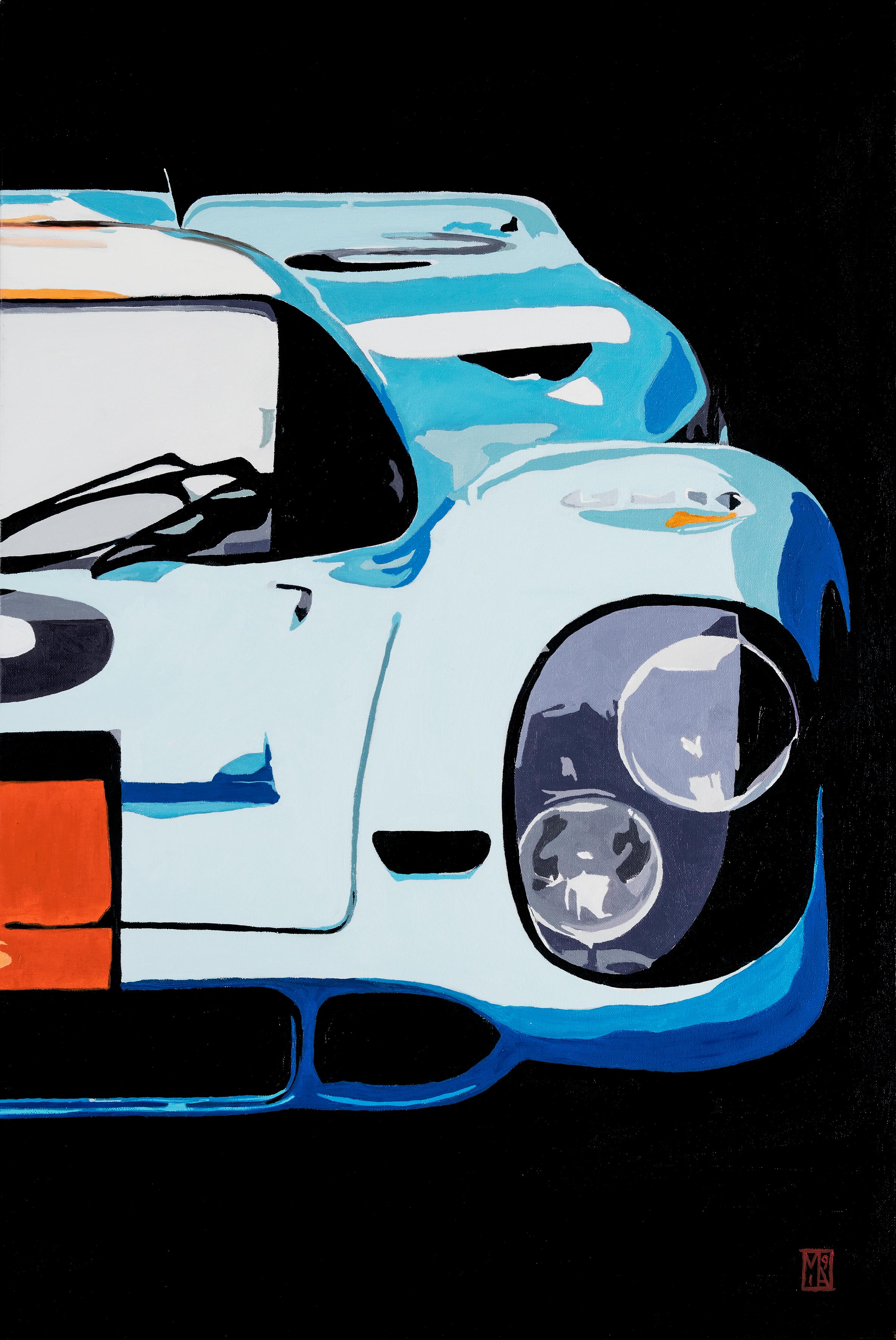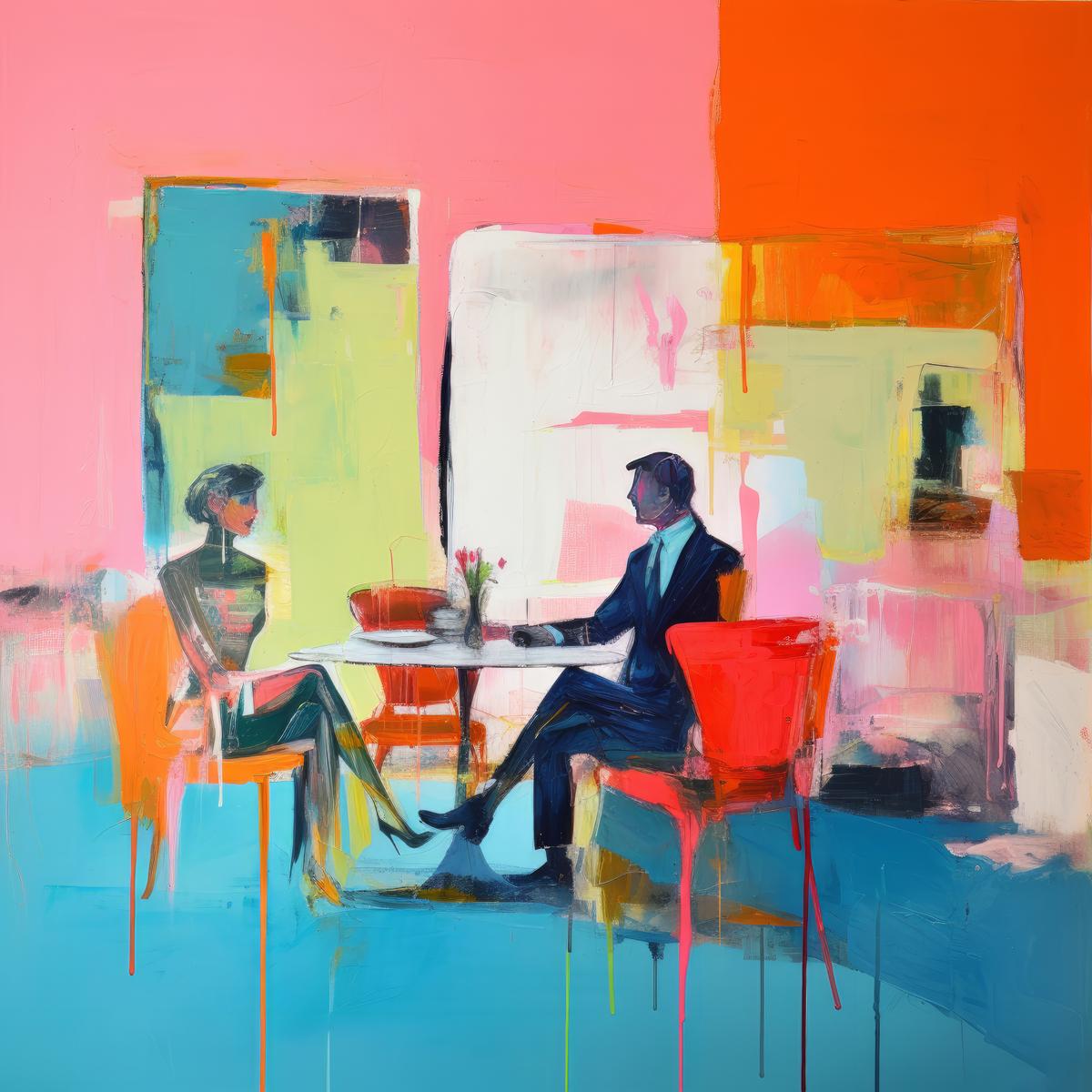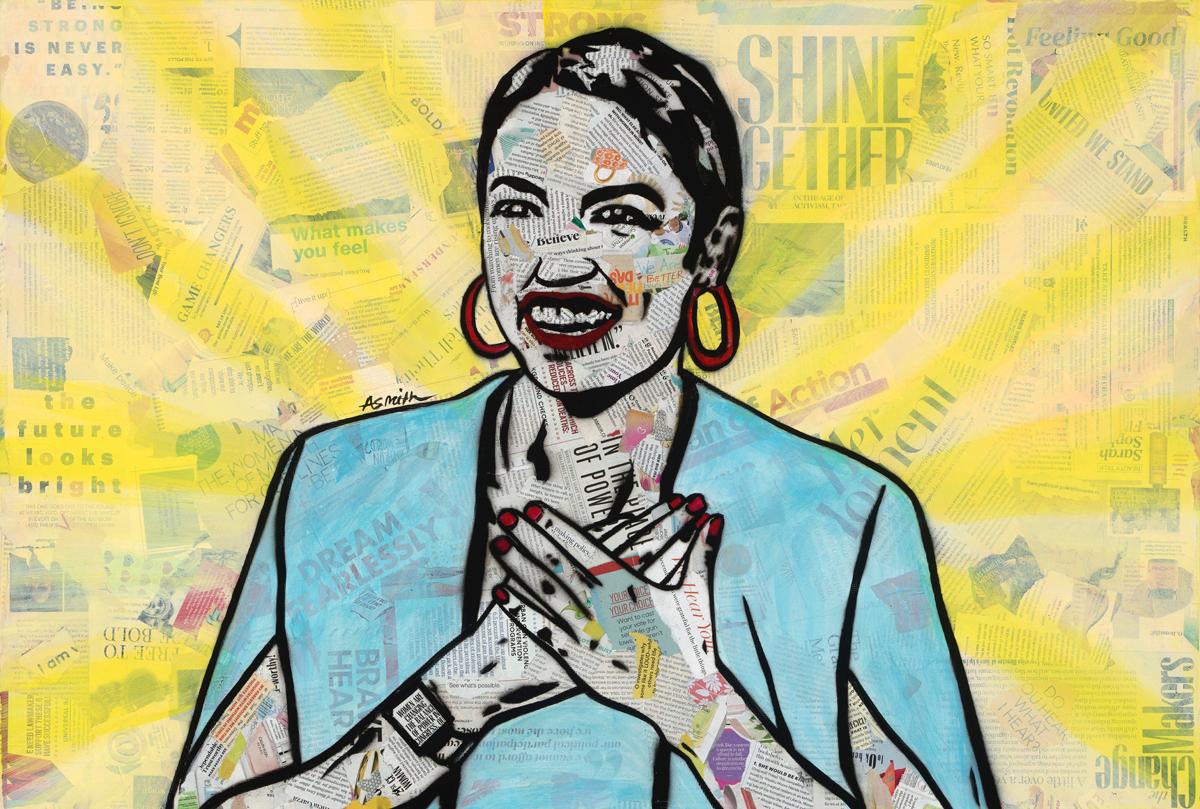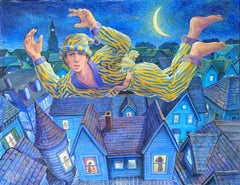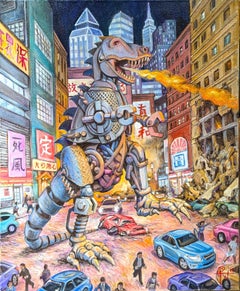Stand On The Snow Gorge
View Similar Items
Want more images or videos?
Request additional images or videos from the seller
1 of 7
Umetaro AzechiStand On The Snow Gorge 1956
1956
About the Item
- Creator:Umetaro Azechi (1902 - 1999, Japanese)
- Creation Year:1956
- Dimensions:Height: 29.5 in (74.93 cm)Width: 21.13 in (53.68 cm)Depth: 1 in (2.54 cm)
- Medium:
- Movement & Style:
- Period:
- Condition:
- Gallery Location:Houston, TX
- Reference Number:1stDibs: LU55133030893

About the Seller
5.0
Vetted Seller
These experienced sellers undergo a comprehensive evaluation by our team of in-house experts.
Established in 1969
1stDibs seller since 2014
783 sales on 1stDibs
Typical response time: 7 hours
More From This SellerView All
- "Incubus" Contemporary Blue and Yellow Toned Surrealist Landscape PaintingBy Henry David PotwinLocated in Houston, TXColorful, blue-toned painting by contemporary artist Henry David Potwin. The work features a male figure in pajamas floating over a sleepy city scene. Signed in the front lower left ...Category
Early 2000s Surrealist Landscape Paintings
MaterialsCanvas, Oil
- "Dream of Flying" Contemporary Blue Toned Surrealist Desert Landscape PaintingBy Henry David PotwinLocated in Houston, TXColorful, blue and yellow toned painting by contemporary artist Henry David Potwin. The work features a woman in a white flowing dress standing on a horse riding through a desert nig...Category
2010s Surrealist Landscape Paintings
MaterialsCanvas, Oil
- "Batteries Not Included" Contemporary Surrealist Godzilla Inspired CityscapeBy Henry David PotwinLocated in Houston, TXColorful painting by contemporary artist Henry David Potwin. The work features a metal, fire breathing Godzilla-like creature rampaging through an urban downtown landscape. Signed in...Category
2010s Surrealist Landscape Paintings
MaterialsCanvas, Oil
- "Bunny Bashing" Contemporary Pastel Surrealist Landscape PaintingBy Henry David PotwinLocated in Houston, TXColorful, pastel-toned painting by contemporary artist Henry David Potwin. This work features a woman driving a yellow car driving through a group of rabbits. Signed in the front low...Category
Early 2000s Surrealist Figurative Paintings
MaterialsCanvas, Oil
- “All Saints Day (Large)” Large Black, White, & Yellow Surrealist Figure PaintingBy Scott WoodardLocated in Houston, TXContemporary surrealist figure painting by Houston-based artist Scott Woodard. The work features a central abstract figure in white and yellow tones with what appears to be a halo fl...Category
2010s Surrealist Abstract Paintings
MaterialsCanvas, Acrylic
- “Hmmmm” Black and White Abstract Contemporary Surrealist Mixed Media CollageBy Scott WoodardLocated in Houston, TXNeutral-toned abstract contemporary mixed media collage by Houston, TX artist Scott Woodard. This painting depicts a variety of minimalist shapes around ...Category
2010s Surrealist Figurative Paintings
MaterialsCanvas, Found Objects, Mixed Media, Acrylic
You May Also Like
- Summer I. 1972, cardboard, mixed media, silk screen printing, 80x100 cmLocated in Riga, LVSummer I. 1972, cardboard, mixed media, silk screen printing, 80x100 cm Atis Ievins (1946) The exhibition by artist Atis Ieviņš reminds the very origins of serigraphy technique in L...Category
1970s Surrealist Figurative Prints
MaterialsScreen, Mixed Media, Cardboard
- La Peche lithograph (woodcut)By Raoul DufyLocated in Belgrade, MTRaoul Dufy was an important multifaceted French artist who worked in a variety of media including painting, print making, mural design, theatre and costume design, upholstery, wall paper, ceramics, and fabric. In his paintings he often depicted the circus, equestrian scenes, Parisian cafe life, yachting scenes, colorful views of the French Riviera, and musical events in a distinctive style that combined the various artistic trends of the day, most notably Fauvism. Born in 1877 in Le Havre France, and after a year of military service in 1900, Dufy won a scholarship to the Ecole Nationale superieure des Beaux-Arts, in Paris, studying under Othon Friesz. He exhibited extensively throughout Paris and France at the various salons, including the Salon des Tuileries. For the 1937 Exposition Internationale in Paris, Dufy completed one of the largest paintings ever conceived, a 250...Category
Early 20th Century Fauvist Abstract Prints
MaterialsLithograph, Woodcut
$560 Sale Price20% Off - Rare serigraph "After the Wedding"By Giancarlo ImpigliaLocated in Bridgehampton, NYA rare serigraph by world-renowned Giancarlo Impiglia. This is an opportunity not to be missed. Born in Rome, Impiglia moved to New York in the 70s, where he established a signatur...Category
2010s Figurative Prints
MaterialsScreen
- Saint Bartholomew, Old Master, Oil Print, Ribera, Figurative Art, Spanish ArtBy Jusepe de RiberaLocated in Greven, DEOld Master An Oil Print after a Painting by Jusepe de Ribera in the Museo del Prado, Spain. This is an early print after the original.Category
20th Century Baroque Figurative Prints
MaterialsOil, Canvas
- Two military studies, a preparatory red chalk drawing by Jean-Baptiste PaterBy Jean-Baptiste PaterLocated in PARIS, FRAs Florence Ingersoll-Smouse wrote in 1921 in her book devoted to Jean-Baptiste Pater, "a painter of the Fête galante, Pater is interesting both by his intimacy with Watteau, to whom many of his works are still attributed, and by his own value as an artist.” This sanguine, full of life and spontaneity, is typical of the preparatory studies made by the painter to be used later in the composition of his paintings. 1. Jean-Baptiste Pater, pupil and disciple of Antoine Watteau Antoine Pater, Jean-Baptiste's father, belonged to the petty bourgeoisie of Valenciennes where he worked as a merchant-sculptor. His brother Jacques was a local painter who was probably involved in his nephew's training. Born on December 29, 1695, Jean-Baptiste Pater was first trained with Jean-Baptiste Guider, a local painter whose death in 1711 was probably the reason for Jean-Baptiste’s departure alongside Watteau, who was visiting Valenciennes. Watteau's difficult character led to their separation in 1713. Back in Valenciennes, Jean-Baptiste Pater encountered difficulties with the powerful Corporation of Saint-Luke (to which he refused to belong) which forced him to return to Paris in 1718. He reconciled with Watteau shortly before his death (on July 18th 1721), inherited the commissions that Watteau had been unable to fulfil and completed some of his paintings. Pater was accepted by the Académie Royale in 1725 but did not produce his reception painting The soldier’s revels until three years later. Throughout his brief career (he died at the age of forty on July 25th 1736), he mainly had a clientele of amateurs and received only one royal commission, shortly before his death. 2. Description of the drawing and related artworks Pater had adopted his master Watteau's method of composition. His study drawings were carefully glued in a notebook and were used to animate his compositions. His paintings sometimes suffer from a somewhat artificial composition, since the figures seem to be pasted one next to the other. This point has also been made about Watteau’s. The theme of military scenes (which was at the time included in the genre of Fêtes galantes!) was one of Pater’s favourite subjects. Together with the Bathing Women...Category
1720s Old Masters Figurative Prints
MaterialsChalk
- Ia Gigoshvili, "The Traveller", silkscreen, 58x76Located in Brooklyn, NYSilkscreen is another name for the screenprinting technique, a printmaking process in which an ink-blocking stencil is applied to a screen, allowing ink that is wiped across the scre...Category
2010s Contemporary Figurative Prints
MaterialsPaper, Acrylic
Recently Viewed
View AllMore Ways To Browse
Woodcut Snow
Azechi Umetaro
Vintage Sothebys
Etching By David
Thomas E Thomas
Lithograph Of Salvador Dali
Signed And Numbered Salvador Dali
Dior Sign Display
Russian Graphic
Father Son Sculpture
Vintage Erotic Art
Lithograph 1910
Picasso Lithograph Numbered
E Thomas
Father And Son Sculpture
New York Suite
Original Poster School
Roy Lichtenstein Pop Art
